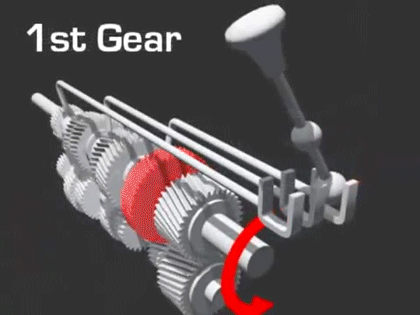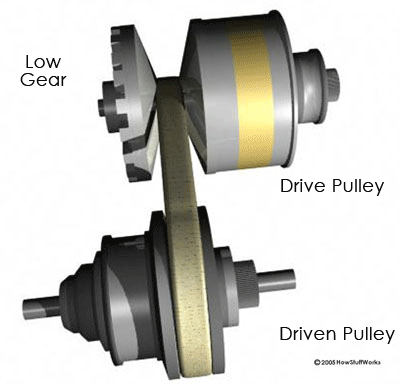
Customer Spotlight – Custom CVT Impellers with Olin Baja
In past customer blog posts, we’ve focused on Olin College student projects that involve flying and boating. This week, we’re discussing a more down-to-earth Olin organization: their MiniBaja team. Olin Baja competes at SAE MiniBaja, a multifaceted college racing competition for small off-road racing vehicles. Colleges from around the world construct cars from scratch to compete in several annual competitions. These competitions test all parts of the car; a winning car is not only fast, but also maneuverable, light, strong, and tough. MiniBaja courses are designed to break cars in a litany of ways. Whether it’s giant logs, huge drops, or the occasional railroad track, the cars have to be robustly designed and well fabricated.

While most elements of the car and designed and fabricated by students, the teams don’t build everything. Teams are provided engines and buy other critical, hard to manufacture components off of the shelf. Included in these parts is the transmission of the car. Olin Baja purchases a Continuously Variable Transmission (CVT) to transfer power from the output shaft of the engine to the gearbox. A CVT is completely different than a standard transmission; where a standard transmission uses gear and a clutch a CVT uses a system of V belts and sprung pulleys to vary gear ratio. Standard transmissions are much larger and heavier than CVTs, making them less well suited for small cars like those in MiniBaja. The two gifs below illustrate the difference between the two transmission designs.


This system works very well for small vehicles because of its low price and small form factor; however, it has a couple inherent issues that cause problems. First, it’s less efficient than a geared transmission; it’s standard 88% efficiency is a far cry from the near perfect scores of a geared transmission. Second and most importantly, that efficiency loss (which comes from friction between the belt and the pulleys) generates a lot of heat. If not properly ventilated, this heat can drastically reduce the performance of the CVT. This proved to be a stumbling block for Olin Baja, as heat generated from the CVT melted internal plastic bushings and rendered the car inoperable. Showing ingenuity at their competition, they tried fashioning a custom fan out of sheet metal to circulate air.

Though the fan was hastily built, it was a great idea that pointed towards a long term solution. By circulating air through the CVT casing, the team could reduce the effect that friction had on their overall performance. In the following year, they partnered with us to design and print a functional impeller to draw air through the enclosure. The impeller attaches effortlessly to the driven pulley shaft on the CVT. Our first iteration of the impeller used nylon and carbon fiber; this worked well, but Nylon’s performance in hot environments limited its efficacy. The next iteration, printed in Onyx, works extremely well at diffusing heat while simultaneously resisting it. We collaborated to create a video (linked and at the bottom of the page) illustrating how the union of Markforged and Olin Baja led to a successful year.

We’re looking forward to working with Olin Baja to continue outfitting their car with high strength 3D printed parts! If your organization is interested collaborating with Markforged email us at social@markforged.com.
All of the blogs and the information contained within those blogs are copyright by Markforged, Inc. and may not be copied, modified, or adopted in any way without our written permission. Our blogs may contain our service marks or trademarks, as well as of those our affiliates. Your use of our blogs does not constitute any right or license for you to use our service marks or trademarks without our prior permission. Markforged Information provided in our blogs should not be considered professional advice. We are under no obligation to update or revise blogs based on new information, subsequent events, or otherwise.
不错过任何一篇文章
订阅以在您的收件箱中获取新的 Markforged 内容